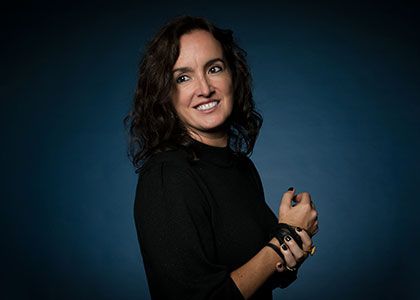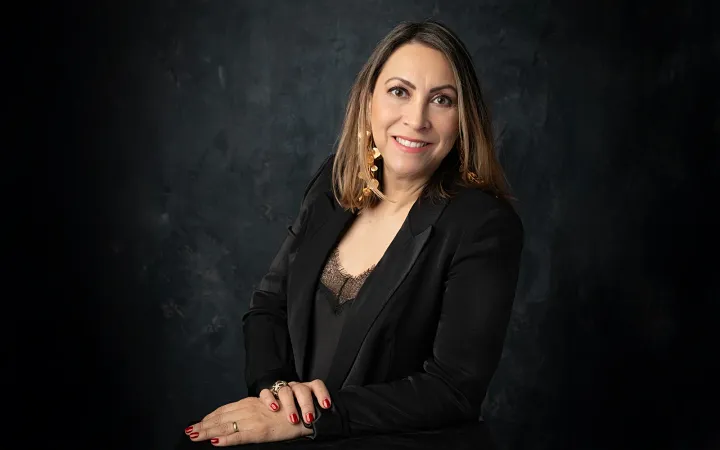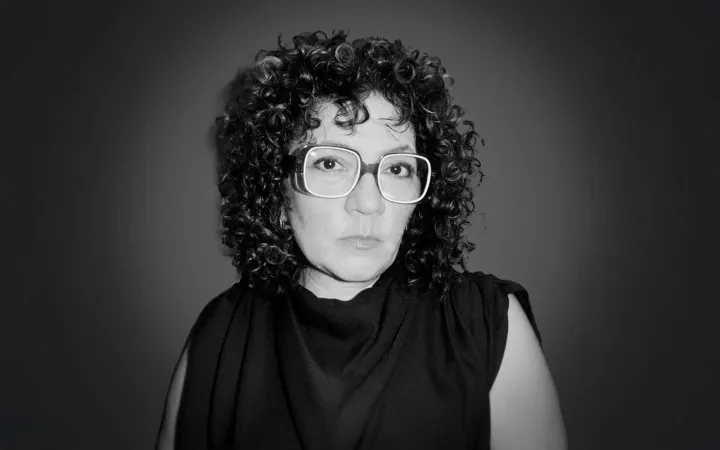
Por Jimena de Gortari
Volé hace algunos días junto a una madre y su niña de 18 meses, la bebé gritaba incómoda. El vuelo era temprano y ella estaba cansada. Mi primera reacción fue resoplar pensando en el vuelo que me esperaba, respiré hondo mientras la madre trataba de hacer todo por tranquilizarla. Busqué su mirada y hacerle gestos a la bebé que me miraba curiosa. Una vez calmada me puse a platicar con su madre, intenté transmitirle tranquilidad con un “estuve ahí, sé lo que se siente, es normal”. La bebé durmió durante todo el vuelo. La anécdota viene a cuento por un debate en Twitter en donde se discutía si era adecuado llevar a niños menores a un museo. Me pregunto si, en una ciudad ¿debería de haber espacios de uso público que restrinjan el acceso a los menores? ¿Las voces, gritos y emociones de los niños pueden ser consideradas como ruido?
Planificar pensando en espacios públicos o de uso público con restricciones de acceso para algunas personas es contrario a las ideas que deberían primar en su diseño, uno que esté pensado para toda la población, en particular las más vulnerables. El diseño de la ciudad debe estar pensando para todos y, en particular, debe de incorporar las necesidades de los niños, considero que son quienes las suavizan. Sus voces, gritos y risas nos recuerdan a nuestro ser humano. Hace poco me contaban de una ciudad sin niños en las que se recreaban sus voces en el transporte público: anunciando la llegada o salida o alertando sobre el cierre de puertas; es una necesidad de una ciudad viva. No existen y no deben existir en una ciudad “zonas libres de niños”, y sin embargo, las ciudades no les ofrecen el entorno, equipamientos, viviendas y servicios que necesitan los niños para crecer seguros, libres y sanos. Recordemos que ellos también tienen derechos (Convención sobre los Derechos del Niño) y que las ciudades pensadas con los niños incorporan una perspectiva al análisis del cómo, dónde y porqué. Una ciudad con enfoque en la infancia promueve comportamientos saludables, es segura e inclusiva y fomenta el desarrollo de habilidades para la vida.




